Why you need a content calendar
For most small business owners and entrepreneurs, the last half of the year marks when we start making plans for all we want to accomplish for the rest of the year.
And, as an entrepreneur myself, it’s not lost on me the amount of time it takes to brainstorm new offering ideas, see how they all match up on a calendar, tie them into seasonal news hooks, and then figure out how to implement them.
It can be downright overwhelming!
Enter in the content calendar, a twelve-month calendar of content, events, and promotions that shows you what to cover (and when) so that you can share the appropriate info with your target audience.
All on a consistent basis.
I know what you’re thinking. Something like, “But I already have to develop new products, plan out my social media posts, keep up with customer needs, track all the shipments, and market my products. Why do I need a content calendar?”
Funny you should ask.
In my experience as a publicist and business owner, they tend to have one of two problems with promotions and publicity.
Either, they can’t think of anything to promote.
Which is a HUGE problem.
Or, they have so much going on, that they’re overwhelmed. And they then overwhelm their audiences with tons of mixed messages.
Both cause a sea of inefficiency.
Which leads to inactivity.
Meaning nothing gets promoted.
Which leads to no revenue.
Enter in the content calendar.
Here are three key reasons for why you need a content calendar—and fast!
Maintains Consistency
Above all else, a content calendar helps you maintain consistency with your messages.
Consistency is crucial when it comes to publicizing and promoting your offerings.
Once you’ve set expectations with your target audience, you must to maintain them.
If you hire influencers to all post on one day to promote your newest product, and then don’t ever have them mention it again, it’s a waste.
Of your time, energy, and money.
Especially if you yourself haven’t been mentioning or promoting your latest product.
That’s where a content calendar comes in.
A content calendar will help you strategically plan when and where to promote your messages, products, brand, and collaborations.
It can even help you see when you have more content to use than usual. Which allows you the flexibility to post more or push that content to another week.
On the reverse side, a content calendar also alerts you to when your content is light. Allowing you advanced notice to gather new material with time to spare.
Serves as a record
A content calendar isn’t just for planning your future content, it also can be used to record what you’ve previously promoted.
Think about it, you have a lot going on.
It isn’t always easy keeping track of how often you’ve mentioned your latest freebie or when your next sale is happening.
And, how do you know what you want to promote this November isn’t the exact same thing you promoted last November?
Or, what if last November was your greatest month in sales?
Don’t you want to know what you were promoting to have been so successful?
For this reason, you can use your content calendar as system of record. And you’ll never be in the dark again.
Or paralyzed by not knowing what to post.
Keeps you on message
By maintaining a content calendar, you help yourself stay on track with your key messages.
For my businesses, I operate by the 3GT Rule—a rule which says I will try to post three educational and entertaining posts (I call this gives) for every single promotional one (I call these takes).
I use this approach across all of my publicity channels—in email marketing, on the blog, and especially on social media.
This strategy allows me to find common ground with my target audiences.
It also allows me to get to know them and gain their trust. Which, in turn, provides common ground for them to one day purchase my products.
And who doesn’t love sales?
Using a content calendar is a key part in keeping your publicity balanced, as it allows you to see the big picture on what types of promotions you’re sharing and when.

